Hydrogen Peroxide Powdery Mildew: Sounds like a science experiment gone wrong, right? But trust me, it’s your secret weapon against one of the most frustrating garden invaders! I know the sinking feeling when you spot that telltale white, powdery coating on your precious plants. It’s powdery mildew, and it can quickly turn your gardening dreams into a fungal nightmare.
For centuries, gardeners have battled this pesky disease, often resorting to harsh chemicals. But what if I told you there’s a simple, effective, and eco-friendly solution hiding in your medicine cabinet? Using hydrogen peroxide powdery mildew treatment is a game-changer, and I’m here to show you exactly how to do it.
Why is this DIY trick so essential? Well, powdery mildew not only makes your plants look unsightly, but it also weakens them, reducing yields and even killing them if left unchecked. In today’s world, where we’re all striving for healthier, more sustainable lifestyles, reaching for harsh chemicals is often the last thing we want to do. This DIY method offers a safe and natural alternative, allowing you to protect your plants and enjoy the fruits (or vegetables!) of your labor without worry. Plus, it’s incredibly cost-effective! So, let’s dive in and learn how to harness the power of hydrogen peroxide to keep your garden thriving!
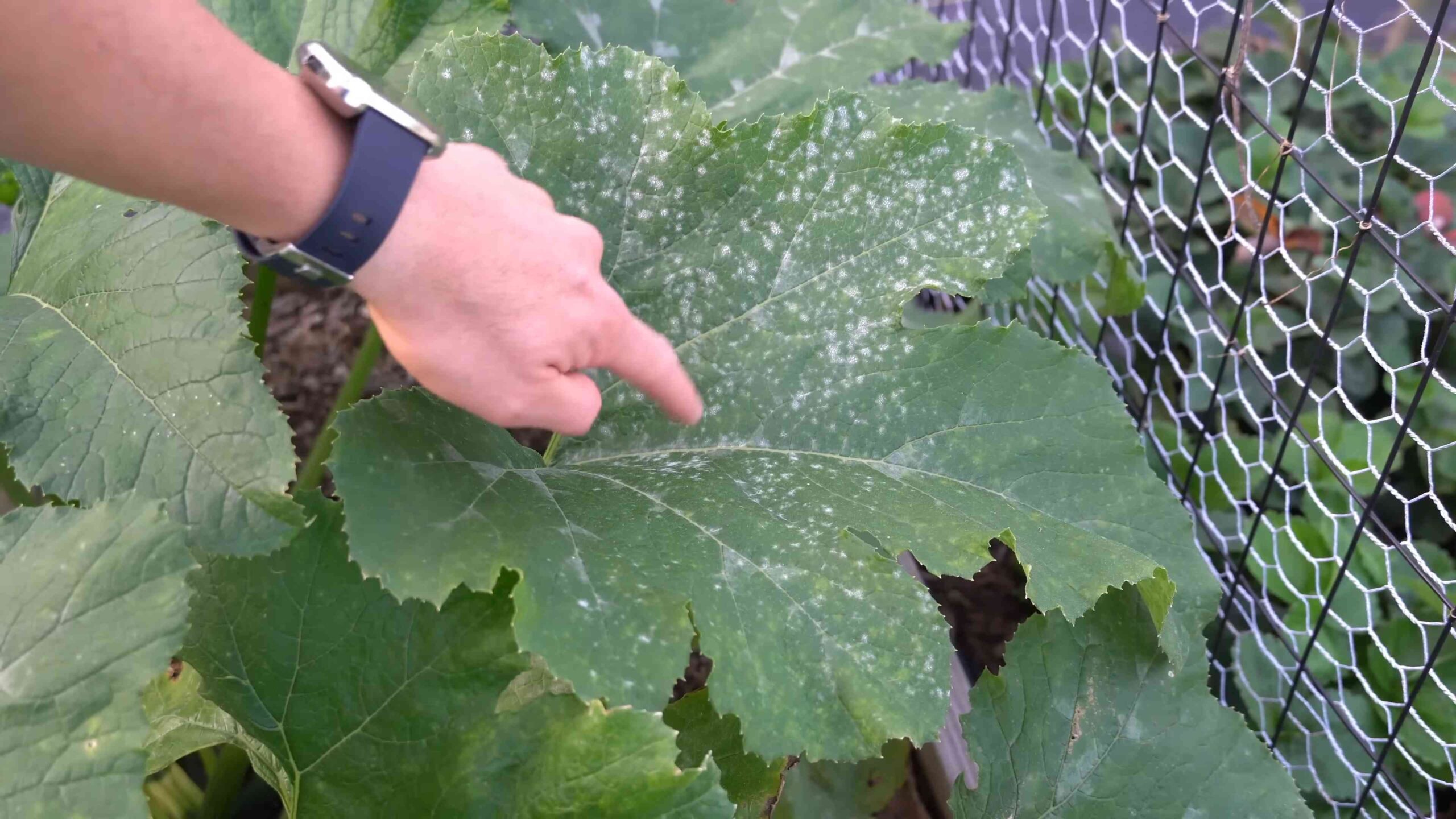
DIY Powdery Mildew Treatment: Hydrogen Peroxide Power!
Hey fellow gardeners! Powdery mildew, that dreaded white, dusty coating on your precious plants, can be a real bummer. But don’t despair! I’ve got a simple, effective, and budget-friendly solution for you: hydrogen peroxide. This common household item can be a powerful weapon in your fight against this fungal foe. Let’s dive in!
What You’ll Need
Before we get started, gather these supplies:
* 3% Hydrogen Peroxide (the kind you find at the drugstore)
* Spray Bottle (a clean one, please!)
* Water (tap water is fine)
* Measuring Cup or Spoons
* Optional: A drop or two of mild dish soap (this helps the solution stick to the leaves)
* Optional: Gardening Gloves (to protect your hands)
* Optional: Eye Protection (just in case!)
Understanding Hydrogen Peroxide and Powdery Mildew
Hydrogen peroxide (H2O2) is basically water with an extra oxygen molecule. This extra oxygen molecule is what makes it so effective against powdery mildew. When hydrogen peroxide comes into contact with the fungal spores, it oxidizes them, essentially breaking them down and killing them. It’s a natural and relatively safe way to combat this common garden problem.
Important Note: While hydrogen peroxide is generally safe for plants when used correctly, it’s always a good idea to test it on a small area first, especially if you’re dealing with delicate plants.
Mixing Your Hydrogen Peroxide Solution
The key to success with hydrogen peroxide is getting the concentration right. Too strong, and you risk damaging your plants. Too weak, and it won’t be effective. Here’s my go-to recipe:
1. Measure Your Hydrogen Peroxide: For a mild case of powdery mildew, I recommend a 1:10 ratio of hydrogen peroxide to water. That means for every 1 part of hydrogen peroxide, you’ll use 10 parts of water. For example, if you’re using a 16-ounce spray bottle, you’d use about 1.6 ounces of hydrogen peroxide and fill the rest with water. For a stronger solution for more severe cases, you can increase the concentration to 1:5.
2. Add Water: Pour the appropriate amount of water into your spray bottle.
3. Combine: Carefully add the measured hydrogen peroxide to the water in the spray bottle.
4. Optional Soap: If you’re using dish soap, add just a drop or two. Too much soap can actually harm your plants. The soap acts as a surfactant, helping the solution spread evenly and stick to the leaves.
5. Mix Gently: Close the spray bottle tightly and gently shake to combine the solution. Avoid vigorous shaking, as this can create excessive bubbles.
Applying the Hydrogen Peroxide Solution
Now comes the fun part – battling that powdery mildew! Here’s how I apply the solution:
1. Test First (Highly Recommended!): Before spraying the entire plant, test the solution on a small, inconspicuous area. Wait 24 hours to see if there are any adverse reactions, such as leaf burn or discoloration. If everything looks good, proceed to the next step.
2. Spray Thoroughly: Spray the affected areas of the plant, making sure to coat all surfaces, including the tops and undersides of the leaves, as well as the stems. Powdery mildew often hides in these areas, so don’t miss them!
3. Focus on Problem Areas: Pay special attention to areas where the powdery mildew is most prevalent.
4. Avoid Spraying in Direct Sunlight: It’s best to apply the hydrogen peroxide solution in the early morning or late evening, when the sun isn’t as intense. This will help prevent leaf burn.
5. Don’t Overdo It: A light, even coating is all you need. Avoid saturating the plant, as this can lead to other problems, such as root rot.
Frequency and Follow-Up
Powdery mildew can be persistent, so you’ll likely need to repeat the treatment. Here’s my recommended schedule:
1. Initial Treatment: Apply the hydrogen peroxide solution as described above.
2. Repeat Treatment: Repeat the treatment every 3-7 days, depending on the severity of the infection. Keep an eye on your plants and adjust the frequency as needed.
3. Monitor Progress: Regularly check your plants for signs of improvement. You should start to see the powdery mildew disappear after a few treatments.
4. Preventative Measures: Once the powdery mildew is under control, you can use the hydrogen peroxide solution as a preventative measure. Spray your plants every 2-4 weeks to help keep the fungus at bay.
Additional Tips and Tricks
Here are a few extra tips to help you win the war against powdery mildew:
* Improve Air Circulation: Powdery mildew thrives in humid conditions with poor air circulation. Prune your plants to improve airflow and reduce humidity.
* Water Properly: Avoid overhead watering, as this can create a humid environment that encourages fungal growth. Water at the base of the plant instead.
* Clean Up Debris: Remove any fallen leaves or other plant debris from around your plants, as these can harbor fungal spores.
* Choose Resistant Varieties: When possible, choose plant varieties that are resistant to powdery mildew.
* Neem Oil: Neem oil is another effective treatment for powdery mildew. You can use it in conjunction with hydrogen peroxide for even better results.
* Baking Soda: A baking soda solution (1 teaspoon baking soda per quart of water) can also help control powdery mildew.
* Milk Spray: Believe it or not, milk can also be effective against powdery mildew! Mix 1 part milk with 9 parts water and spray on your plants.
* Don’t Compost Infected Leaves: Avoid composting leaves that are infected with powdery mildew, as this can spread the fungus to other plants.
* Early Detection is Key: The sooner you detect powdery mildew, the easier it will be to control. Regularly inspect your plants for signs of infection.
* Consider the Weather: Humidity and temperature play a big role in powdery mildew development. Be extra vigilant during periods of high humidity and moderate temperatures.
* Sunlight: Ensure your plants are getting enough sunlight. Powdery mildew tends to be more prevalent in shady areas.
* Proper Spacing: Give your plants enough space to grow. Overcrowding can reduce air circulation and increase humidity.
* Don’t Over-Fertilize: Excessive nitrogen fertilization can make plants more susceptible to powdery mildew.
* Be Patient: It may take several treatments to completely eradicate powdery mildew. Don’t give up!
Troubleshooting
* Leaf Burn: If you notice leaf burn after applying the hydrogen peroxide solution, reduce the concentration or frequency of treatments.
* Ineffective Treatment: If the hydrogen peroxide solution doesn’t seem to be working, try increasing the concentration or using a different treatment method.
* Plant Sensitivity: Some plants are more sensitive to hydrogen peroxide than others. Always test the solution on a small area first.
Safety Precautions
While hydrogen peroxide is generally safe, it’s still important to take a few precautions:
* Wear Gloves: Hydrogen peroxide can irritate the skin, so it’s a good idea to wear gardening gloves when handling it.
* Eye Protection: Avoid getting hydrogen peroxide in your eyes. Wear eye protection if necessary.
* Keep Out of Reach of Children and Pets: Store hydrogen peroxide in a safe place, out of reach of children and pets.
* Don’t Mix with Other Chemicals: Never mix hydrogen peroxide with other chemicals, as this can create dangerous reactions.
Why This Works
The beauty of this DIY treatment lies in its simplicity and effectiveness. Hydrogen peroxide is readily available, inexpensive, and relatively safe for both plants and the environment. It’s a great alternative to harsh chemical fungicides. Plus, it’s a satisfying feeling to tackle a garden problem with a simple solution!
So, there you have it! My go-to method for battling powdery mildew with the power of hydrogen peroxide. Give it a try, and let me know how it works for you. Happy gardening!
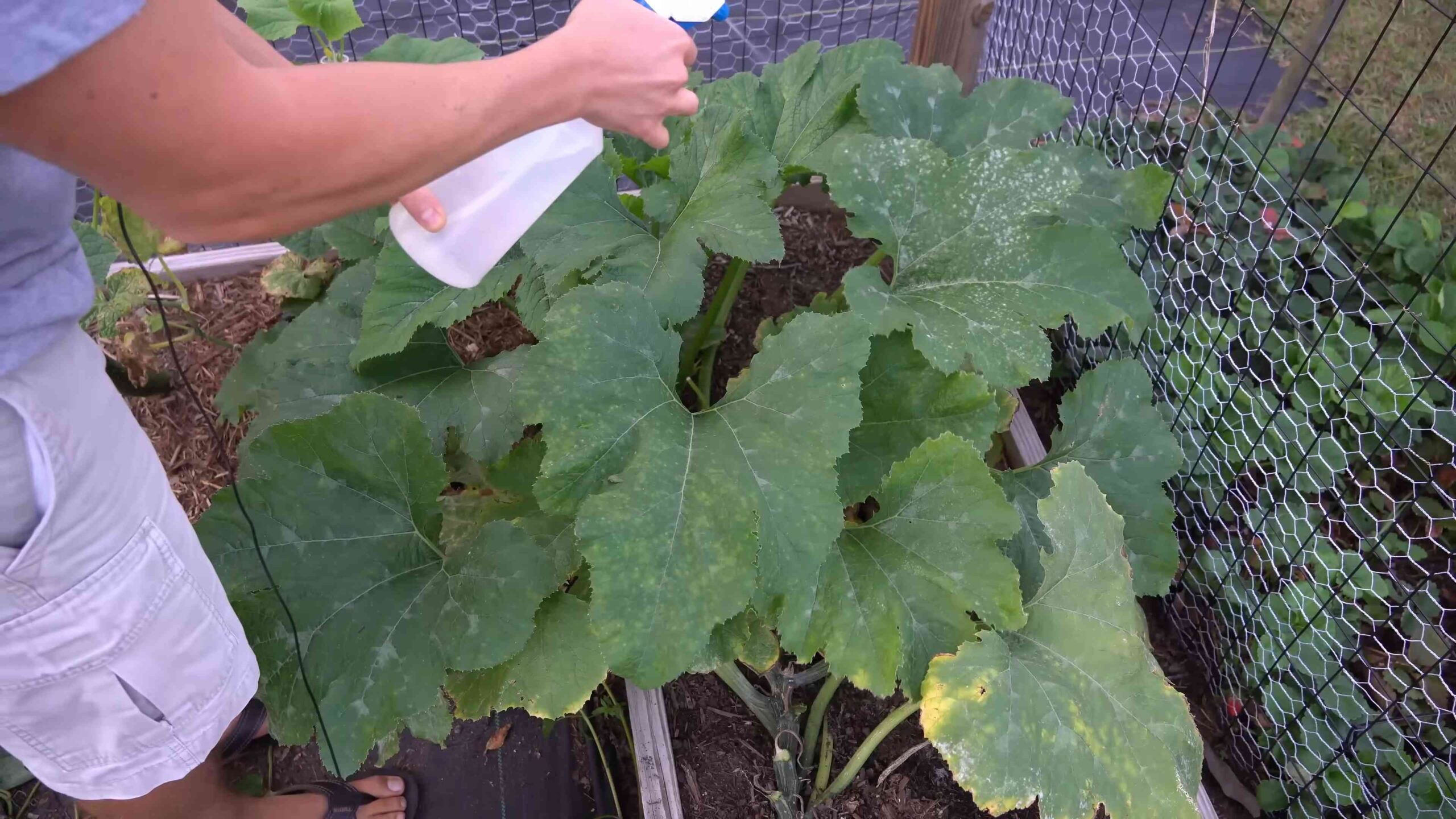
Conclusion
So, there you have it! This simple yet effective DIY trick using hydrogen peroxide for powdery mildew is a game-changer for any gardener battling this frustrating fungal disease. We’ve walked you through the process, highlighting its ease of application and the readily available nature of the ingredients. But why is this a must-try?
Firstly, it’s a cost-effective solution. Compared to expensive commercial fungicides, hydrogen peroxide is incredibly affordable and can be found at most drugstores or supermarkets. Secondly, it’s a gentler alternative. While powerful enough to combat powdery mildew, it’s less harsh on your plants and the environment than many synthetic options. This is particularly important if you’re growing edibles or are concerned about the impact of chemicals on beneficial insects. Thirdly, it’s quick and easy to prepare and apply, making it a practical solution for busy gardeners.
Beyond the basic recipe, there are a few variations you might want to experiment with. For instance, some gardeners add a teaspoon of baking soda to the solution to further increase its alkalinity, creating an even less hospitable environment for the fungus. Others incorporate a few drops of mild dish soap to help the solution adhere better to the plant leaves. Remember to always test any variation on a small, inconspicuous area of the plant first to ensure it doesn’t cause any adverse reactions.
Consider the severity of your powdery mildew infestation when deciding on the concentration of hydrogen peroxide to use. For mild cases, a 1% solution might be sufficient. For more severe infestations, you might need to increase the concentration to 3%, but always proceed with caution and monitor your plants closely. Remember, more isn’t always better!
We strongly encourage you to give this DIY hydrogen peroxide treatment a try. It’s a simple, affordable, and effective way to protect your plants from the damaging effects of powdery mildew. Not only will you be saving money and potentially reducing your reliance on harsh chemicals, but you’ll also be empowering yourself with a valuable gardening skill.
But the real magic happens when we share our experiences. We’d love to hear about your results! Did this DIY trick work for you? Did you try any variations? What challenges did you face, and how did you overcome them? Share your stories, tips, and photos in the comments below. Your insights could help other gardeners struggling with powdery mildew and contribute to a collective knowledge base that benefits everyone. Let’s work together to create healthier, happier gardens, one hydrogen peroxide spray at a time! Don’t forget to document your process and share before and after photos – we can’t wait to see your success stories!
Frequently Asked Questions (FAQ)
What exactly is powdery mildew, and how do I identify it?
Powdery mildew is a common fungal disease that affects a wide variety of plants, including vegetables, fruits, flowers, and ornamentals. It’s easily recognizable by its characteristic white or grayish powdery coating that appears on the leaves, stems, and sometimes even the fruits or flowers of infected plants. The spots often start small and circular, but they can quickly spread to cover large areas of the plant. In severe cases, powdery mildew can stunt growth, cause leaves to yellow and drop prematurely, and reduce overall plant vigor and yield. Early detection is key to preventing the spread of the disease. Look for the telltale powdery spots, especially on the upper surfaces of leaves, and take action promptly.
How does hydrogen peroxide work to combat powdery mildew?
Hydrogen peroxide (H2O2) is a powerful oxidizing agent. When applied to powdery mildew, it breaks down the fungal cell walls, effectively killing the fungus on contact. It works by releasing oxygen, which is toxic to the anaerobic conditions that powdery mildew thrives in. Furthermore, hydrogen peroxide is relatively non-toxic to plants at the concentrations recommended for treating powdery mildew. It decomposes into water and oxygen, leaving no harmful residues behind. This makes it a safer and more environmentally friendly alternative to many synthetic fungicides.
What concentration of hydrogen peroxide should I use?
The ideal concentration of hydrogen peroxide depends on the severity of the powdery mildew infestation and the sensitivity of the plant. A 1% solution is generally recommended for mild cases and for plants that are known to be sensitive. This can be achieved by diluting 3% hydrogen peroxide (the type commonly found in drugstores) with water in a 1:2 ratio (one part hydrogen peroxide to two parts water). For more severe infestations, you can try a 3% solution, but it’s crucial to test it on a small area of the plant first to ensure it doesn’t cause any damage. Avoid using higher concentrations, as they can burn or damage plant tissues.
How often should I apply the hydrogen peroxide solution?
The frequency of application depends on the severity of the infestation and the weather conditions. In general, it’s recommended to apply the solution every 7-10 days until the powdery mildew is under control. In humid or wet weather, you may need to apply it more frequently, as these conditions favor the spread of the fungus. Be sure to reapply after rain, as the solution will be washed away. Monitor your plants closely and adjust the frequency of application as needed. Remember to always apply the solution in the early morning or late evening to avoid burning the leaves in direct sunlight.
Can I use hydrogen peroxide on all types of plants?
While hydrogen peroxide is generally safe for most plants when used at the recommended concentrations, it’s always a good idea to test it on a small, inconspicuous area first, especially if you’re treating a plant that you’re unfamiliar with. Some plants are more sensitive than others and may experience leaf burn or discoloration if the concentration is too high. Avoid spraying hydrogen peroxide on delicate flowers or buds, as it can damage them. If you notice any adverse reactions, discontinue use immediately and try a lower concentration or a different treatment method.
What are some other preventative measures I can take to prevent powdery mildew?
Preventing powdery mildew is always better than treating it. Here are some preventative measures you can take:
* **Choose resistant varieties:** When selecting plants for your garden, opt for varieties that are known to be resistant to powdery mildew.
* **Provide good air circulation:** Powdery mildew thrives in humid, stagnant air. Ensure that your plants have adequate spacing to allow for good air circulation. Prune plants regularly to remove crowded or overlapping branches.
* **Water properly:** Avoid overhead watering, as this can create a humid environment that favors the growth of powdery mildew. Water plants at the base of the plant, preferably in the morning, so that the foliage has time to dry before nightfall.
* **Maintain healthy soil:** Healthy plants are more resistant to disease. Ensure that your soil is well-draining and rich in organic matter. Fertilize plants regularly to provide them with the nutrients they need to thrive.
* **Remove infected leaves:** If you spot any leaves with powdery mildew, remove them immediately and dispose of them properly. Do not compost infected leaves, as this can spread the disease.
* **Use a preventative spray:** Consider using a preventative spray, such as neem oil or horticultural oil, to protect your plants from powdery mildew. Apply the spray according to the manufacturer’s instructions.
Is it safe to eat fruits or vegetables that have been treated with hydrogen peroxide?
Yes, it is generally safe to eat fruits or vegetables that have been treated with hydrogen peroxide. Hydrogen peroxide decomposes into water and oxygen, leaving no harmful residues behind. However, it’s always a good idea to wash fruits and vegetables thoroughly before eating them, regardless of whether they have been treated with hydrogen peroxide or not. This will help to remove any dirt, debris, or other contaminants that may be present.
Where can I buy hydrogen peroxide?
Hydrogen peroxide is readily available at most drugstores, supermarkets, and online retailers. The 3% solution is the most common type and is suitable for treating powdery mildew. Be sure to store hydrogen peroxide in a cool, dark place, away from direct sunlight and heat, as it can degrade over time.
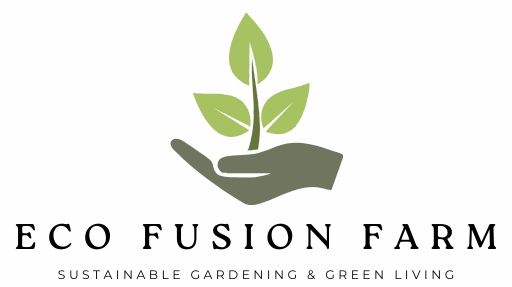

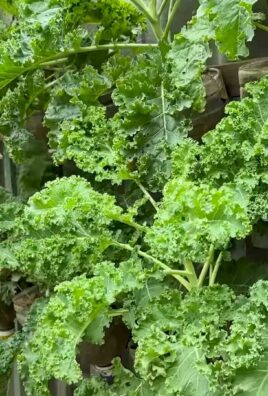
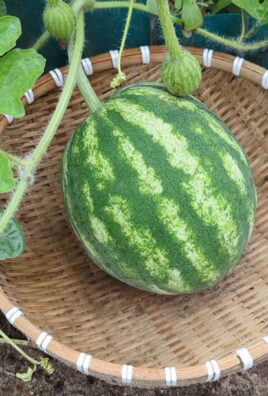
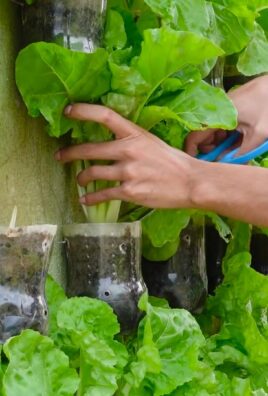
Leave a Comment